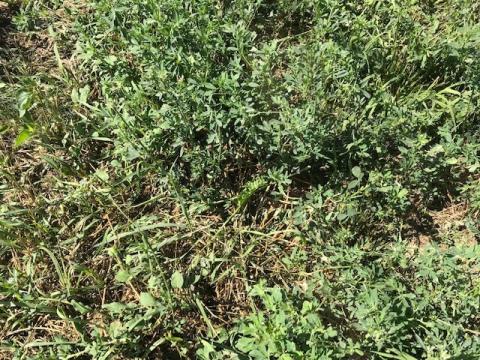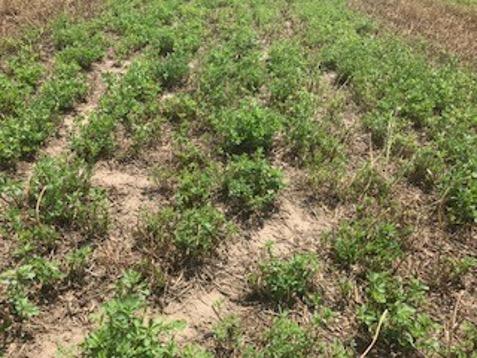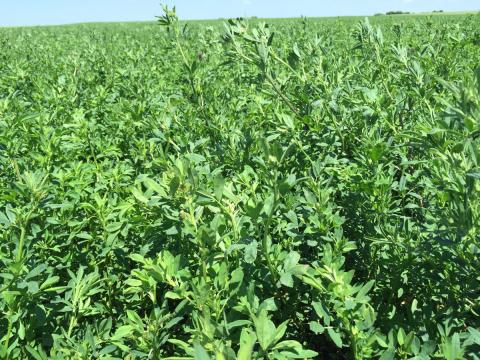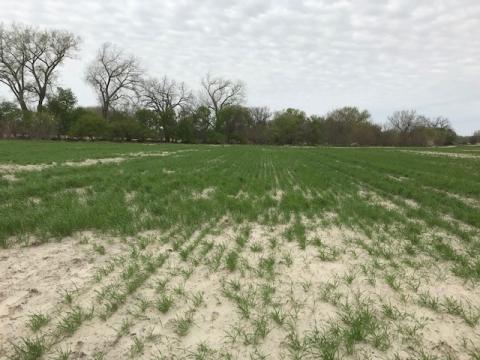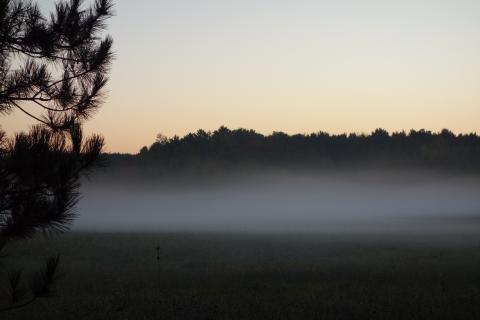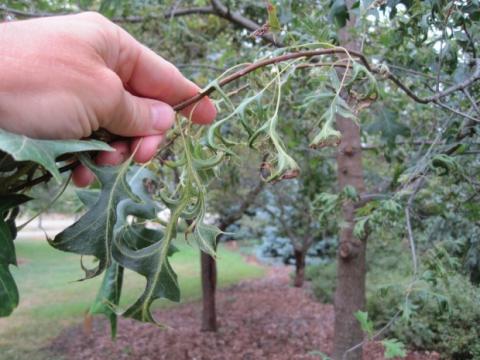October Alfalfa Harvest Considerations
September 30, 2020
With droughty conditions across the state and late season moisture regenerating stands of alfalfa, is there still an opportunity to take October alfalfa cuttings? And which stands could handle a late season cut?
Evaluating Alfalfa Stands Part II - Renovation Options
August 12, 2020
Typically, alfalfa’s autotoxicity makes planting into established stands impossible. However, in new stands that are less than 12 months old, there is a chance that reseeding alfalfa in areas that are extremely thin or void of alfalfa may see success.
Evaluating Alfalfa Stands Part 1 - Using the Hay Square Method
August 5, 2020
Were you expecting more from your alfalfa yields? Is it time to renovate, start over, or move on? Typically, evaluating stands occurs in the spring, but evaluating this fall will give you a better idea going forward and allow more time for future options.
Weed Control in Alfalfa Post Green-Up
April 29, 2020
Scouting in early spring is the best way to categorize current weed problems and those that may become issues later in the season and into the following year.
Forage Hazards Following a Freeze Event
October 6, 2023
Freezing temperatures cause metabolic and cellular changes to our forage crops — prussic acid formation and nitrate poisoning are the biggest concerns. Learn more about these issues and how to avoid them.
Prevented Planting and Cover Crops
June 21, 2019
This week when the USDA Risk Management Agency changed the deadline for grazing, cutting, or haying cover crops planted on prevented planting acres to Sept. 1, new options opened up for selecting cover crops to best meet the end use and to provide higher quality feed for cattle. Learn about what to consider when selecting cover crops and how your choices can affect prevented planting payments.
Pesticide Particles Can Drift Afar through Inversion Phenomenon
May 25, 2016
Pesticide applicators must be aware of changing weather conditions to make proper applications and reduce the chance for off-target drift. Off-target drift can damage sensitive crops, other plants, trees, and shrubs, as well as harm people, pollinators, and animals.
Pesticide Drift Tree Damage Reports Up this Spring
May 19, 2016
The number of pesticide drift complaints to the Nebraska Department of Agriculture is higher than normal this year. The author reminds growers of critical steps to avoid pesticide drift to unintended targets like trees, shrubs, and off-target crops.


